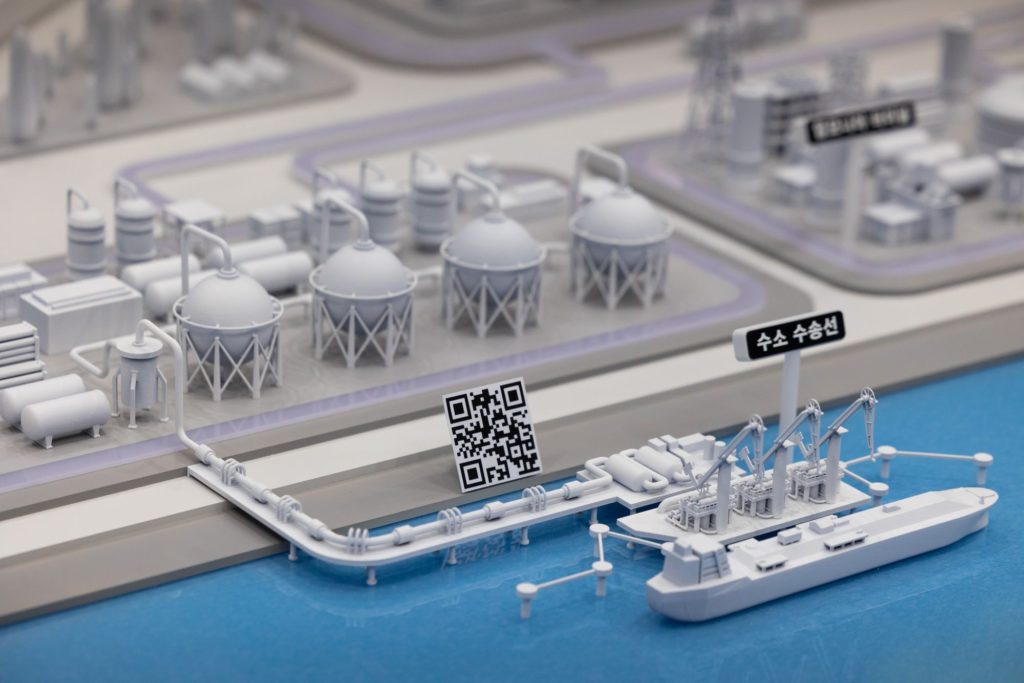Fortescue Future Industries, one of the leading proponents of hydrogen, is exploring a more efficient way to ship the zero-emissions fuel overseas by using “green methane.”
(Bloomberg) — Fortescue Future Industries, one of the leading proponents of hydrogen, is exploring a more efficient way to ship the zero-emissions fuel overseas by using “green methane.”
Green methane — essentially synthetic natural gas made using renewable energy — is a promising technology that would avoid the costs and technical difficulties of liquefying pure hydrogen, according to Mark Hutchinson, chief executive officer of FFI. It would also allow the Australian company to use the infrastructure of the country’s large liquefied natural gas industry.
Andrew Forrest, the billionaire chairman of FFI’s parent company Fortescue Metals Group Ltd., predicted in March that pure liquid hydrogen would become “the largest seaborne trade in the world.” FFI aims to produce 15 million tons of green hydrogen a year by 2030, much of it in Australia, though no major projects have yet reached financial close.
But Hutchinson said in an interview this week that liquefying pure hydrogen may not be “the smartest thing to do,” because of the challenges in transporting it to promising markets such as Germany and Japan.
Most aspiring hydrogen exporters plan to combine hydrogen with nitrogen and ship it as ammonia, according to BloombergNEF, something FFI is also examining. Hutchinson says green methane may have advantages over ammonia.
Hydrogen requires cooling and storing at minus 252 degrees Celsius, far colder than the minus 162 degrees at which methane — the main component in natural gas — liquefies. Also, liquid hydrogen takes up far more space per unit of energy than LNG or ammonia, adding to the costs, he said.
“You basically add CO2 to hydrogen to make methane, you then strip out the hydrogen at destination, and you recycle the CO2,” Hutchinson said. “It’s interesting because you can use existing LNG facilities and ships.” Australia is the world’s second-biggest LNG exporter, with significant existing infrastructure.
But green methane also has serious challenges. Methane and CO2 are both greenhouse gases, so leakage must be prevented. There is also the question of where to source the CO2.
“How that works, where does the CO2 originally come from, can you really recycle it without leakage?” Hutchinson said. “All that work is being done.” He added that FFI’s hydrogen would probably be exported as ammonia in the short term.
More stories like this are available on bloomberg.com
©2022 Bloomberg L.P.










